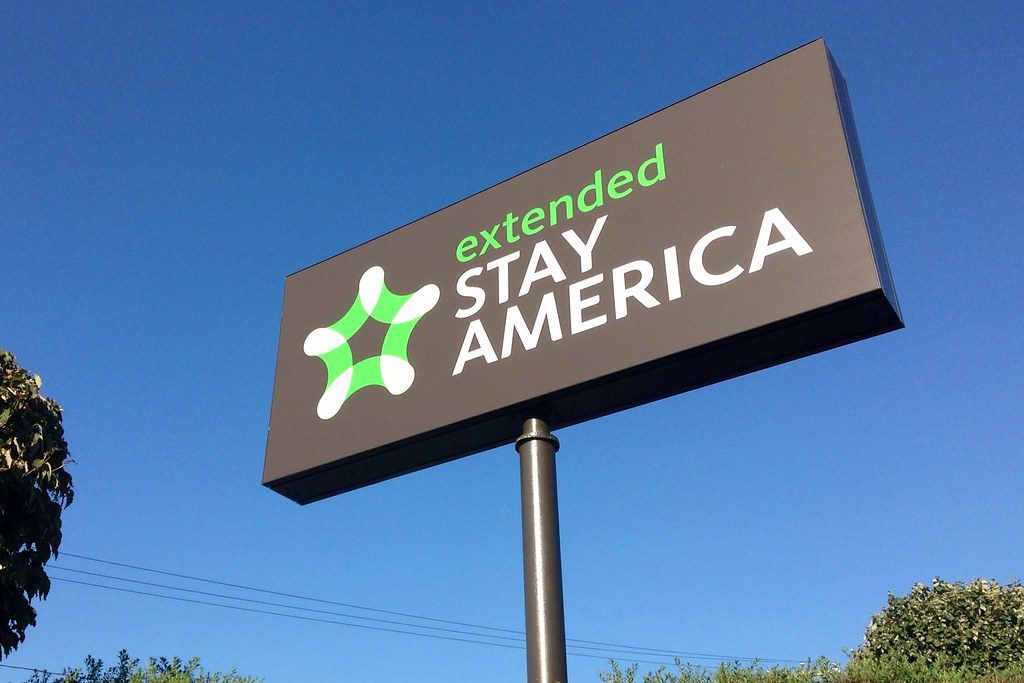Skift Take
Longer-term stays may buoy Extended Stay America through the pandemic, but the company aims to build up its business traveler base to garner greater profits post-pandemic.
The extended stay hotel sector continues to defy hotel industry expectations and performance trends during the travel industry’s worst year on record.
Extended Stay America reported a $31.5 million third quarter profit this week. The company — which attracted investments from Blackstone Group and Starwood Capital earlier this year due to its performance resilience during the pandemic — chalked up the financial strength relative to its competitors to its low-cost model and narrow focus.
But profitability isn’t enough. Extended Stay America plans to build up its appeal to business travelers to strengthen profit margins once the health crisis has passed.
“There are many different tiers to the extended stay market,” said Extended Stay America CEO Bruce Haase during a Tuesday investor call. “Our brand resonates with core customers and resonates with customers at competitor brands at higher price points.”
The extended stay hotel sector fared the best during even the worst of the pandemic due to its diverse client base. Occupancy levels continued to run close to pre-pandemic levels since early August, Haase added.
Guests in what Haase described as “life transitions” are a key part of the hotel’s residential base, where people book stays of a month or longer. There are also essential business travelers like construction workers, medical staff, and those working in logistics who also continued to book stays when so many travelers remained at home.
“Our business workers are folks that need to be physically present for their job,” Haase said. “They don’t have the opportunity to be on Zoom calls all day for their business.”
Profitability also stemmed from the company’s ability to shave costs in areas like marketing and less frequent cleanings of rooms during a stay, a growing industry-wide practice to limit contact between guests and housekeeping staff.
Extended Stay America’s system-wide average occupancy for the third quarter was nearly 80 percent, and revenue per available room — the industry’s key performance metric — was down nearly 15 percent.
Marriott, which was also profitable during the quarter with a $100 million haul, still faced a nearly 66 percent decline in revenue per room, or RevPAR. Choice Hotels, which posted a smaller $14.5 million profit, had a nearly 29 percent drop in RevPAR.
Wooing Investors
Blackstone and Starwood Capital were reportedly both drawn to Extended Stay America in March for the company’s ability to keep all its hotels open during the crisis when other brands dealt with temporary closures due to low demand.
Extended Stay America’s leaders appeared to allude to that investment as well as the longevity of the company’s performance streak in a normal travel environment.
“Given the relative performance of the brand during the pandemic, I’m sometimes asked about the prospects of the brand post-pandemic that we all hope will be coming sooner than later,” Haase said. “I believe investors should not consider our recent strong performance as something that will fade when the pandemic ends but something that will instead become the basis of improved performance post-pandemic.”
While 58 percent of Extended Stay America’s business in the third quarter came from guests staying at least 30 nights, Haase expects to focus on building up the company’s transient business base.
“Corporate business in that seven to 29-day-length segment should allow us to maintain higher occupancy at higher rates that we believe will lead to greater profitability,” Haase said.
Extended Stay America is also underway with a curation campaign aimed at offloading some hotels to developers who plan to renovate them into non-hotel uses. The company is also exploring a new renovation plan aimed at hotels in “extraordinary” markets that cater to more white collar business travelers.
“When the pandemic ends, most of those current [30-night or longer] demand drivers will remain, but we’ll be able to add back sources of higher-rated demand,” Haase said. “Through our renovation strategy and through the strength of our brand, we do think we have the opportunity to steal some share from those higher-rated brands and those higher-rated segments, and that’s really the core of that idea.”
Have a confidential tip for Skift? Get in touch
Tags: coronavirus, coronavirus recovery, extended stay america
Photo credit: Extended Stay America continues to perform well during the pandemic, and the company is already positioning itself for business travelers post-pandemic. Mike Mozart / Flickr
